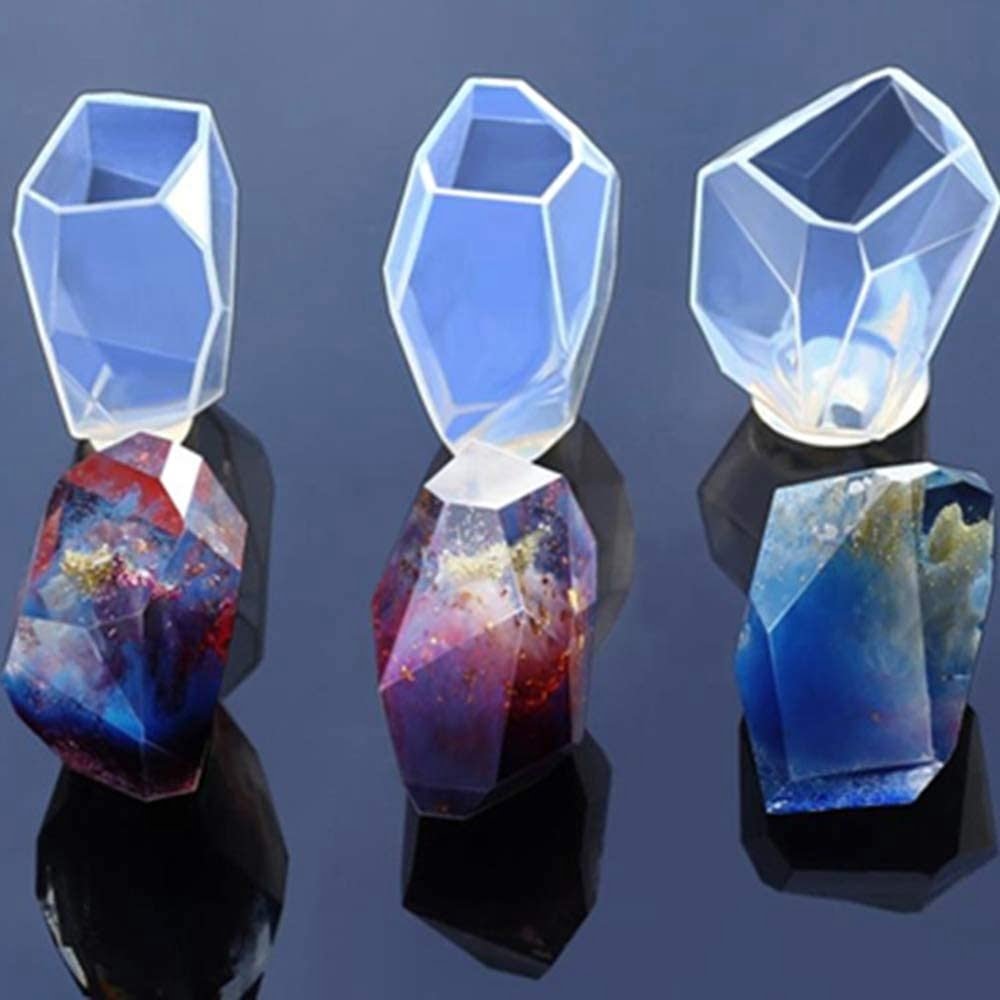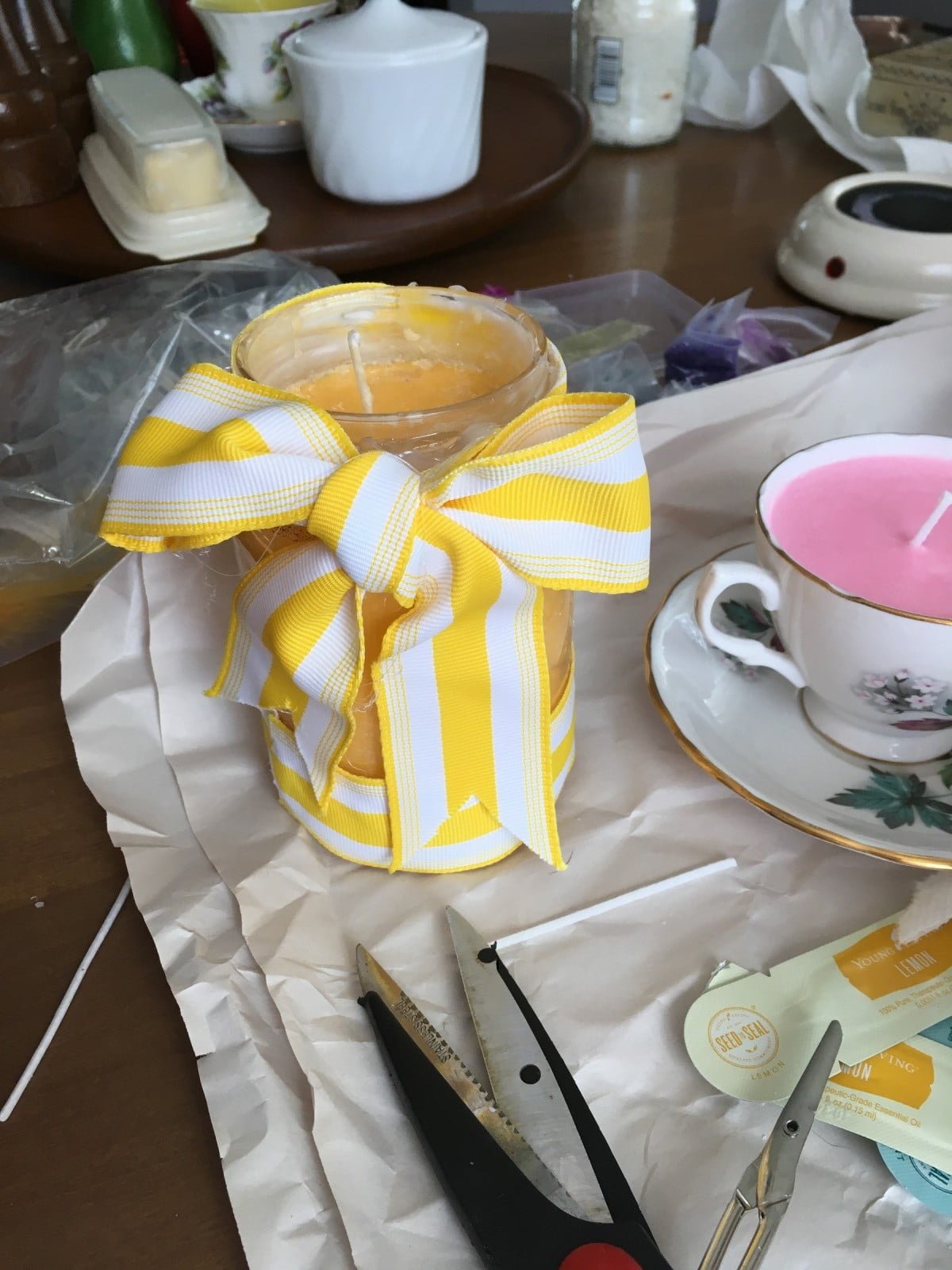Introduction
Candle making is an art and craft that dates back hundreds of years. Candle making has been used to light ceremonies and celebrations, for decoration or as a form of aromatherapy and stress relief. Candle making also has many practical applications such as emergency lighting, heating, etc. There are many different types of waxes that can be used for candle-making, each with their own benefits, limitations and features. The two most popular types of waxes for candle making are soy wax and beeswax.
Soy wax is an all-natural vegetable wax derived from processed soy beans. Due to its natural properties, soy wax burns slower than other candle waxes which gives candles made with soy wax a longer burning time, while still producing less smoke than traditional paraffin waxes when burned properly. Soy wax is also non-toxic so it is not hazardous to one’s health as some examples of synthetically produced or artificially scented candles may be.
Beeswax is another popular option for those who wish to make their own candles. Beeswax is derived from the honeycomb comb by honey bees and contains natural antibacterial properties due to its high content in both pollen acid and propolis. Beeswax is also known for being very clean burning when compared to other kinds of waxes because it produces no black soot while burning which helps to keep the air clean in your home after a few hours of burning time without having the need of constant rekindling. It is slightly more expensive than soy beans however it can last quite long when compared with other materials used in candle making such as paraffin or palm oil based products due to its low melting point ranging between 61˚F and 86˚ F (16 ” 30 C). Another benefit of using beeswax over other materials is that they do not require any artificial additives in order to harden either since these naturally occur from their production process
Benefits & Drawbacks of using Soy vs. Beeswax for Candle Making
Using soy wax for candle making has several benefits over beeswax. Soy wax is made from hydrogenated vegetable oil, so it is a renewable resource, and some brands are 100% natural and biodegradable. Soy wax is also easier to work with than beeswax, as it has a lower melting point and can be more easily mounded into shape. Finally, soy candles burn cleaner than beeswax. However, the drawbacks of using soy include the fact that it does not retain scents as well as beeswax does. Additionally, many brands are not actually all-natural; they may contain other components such as paraffin or parabens.
Beeswax candles have been used for centuries, due to its naturally sweet aroma and honeycomb structure which produces long-lasting flame shapes when lit. Beeswax candles are non-toxic and do not release any chemicals as they burn. They also have a higher melting point than soy wax (so they won’t melt too quickly), helping them to last longer and provide more scent throw than regular candles. The major drawbacks of working with beeswax are that it is much harder to work with than soy wax since it has a higher melting temperature; it also tends to be more expensive than other waxes on the market today.
Selecting the Right Wax for your Candle Making Requirements
When making candles, selecting the correct type of wax is crucial for producing a successful product. Soy and beeswax are two of the most commonly used waxes for candle making. Each type has its own unique benefits and drawbacks that should be taken into consideration when formulating your candle recipes.
Soy wax is derived from vegetable oil, making it a cost-effective option for those who wish to produce an environmentally-friendly product. Soy wax also has a lower melting point, creating a slower burn time and allowing you to enjoy your candle for longer than with beeswax. Furthermore, soy wax has superior scent retention properties, allowing you to add more aroma without risking an excessive throw rate. However, soy wax can be harder to work with due to its low melting point and must be blended with other waxes such as paraffin or beeswax in order to produce a textured finish.
Beeswax on the other hand can be more difficult to source in large quantities but it provides all natural home fragrancing without relying on synthetic fragrances or dyes like with soy based candles. In addition, beeswax produces very little soot or smoke when burned which makes it ideal for those with sensitive airways. It also has higher burning temperatures making them last longer as well as providing cleaner concentration of scent throughout the duration of the candle’s life span than soy candles do. The downside being that due to its high melting point some users find beeswax hard to work with in warmer climates since it tends to set quickly once melted; so it is important that any key ingredients are added to the mixture before lighting up your wick!
Ultimately, deciding between soy or beeswax for candle making is up to personal preference along with what fits within your budget and scent preferences best. Experimentation is often key when formulating desirable candles so if neither type appeals right away ” consider blending them together rather than settled on just one!
Preparing & Melting Soy & Beeswax
When it comes to creating candles with soy wax and beeswax, there are a few steps that you need to take in order to ensure that your candle is properly melted. For soy wax, the best way to melt it is by using a double boiler or microwave. If you choose the latter, you need to watch closely so that the wax doesn’t overheat or boil over. Alternatively, you could use an adjustable double boiler setup which would produce better results and give greater control over the melting process.
For beeswax, it is highly recommended that you melt the beeswax in an enamel-coated pot instead of using a double boiler or microwave. This will help ensure optimal quality and result in a more attractive finish on the end product. Additionally, be sure not to heat up the beeswax too much as this might cause discoloration of the wax as well as reduce some of its natural scent.
Once both types of waxes have been melted they can be incorporated into your desired mold or container and left until it cools down and sets completely before softening and releveling any edges with a sharp knife or box cutter if needed. Your candles are now ready for enjoyment!
Crafting With Soy & Beeswax
Soy and Beeswax are both popular materials to use when making candles. Soy is a renewable resource, non-toxic and allergen-free, whereas beeswax is an all natural substance produced by honeybees in their hives. Both have unique properties that make them suitable for candle making.
Soy candles as a whole are known for having a longer burn time than beeswax candles due to the low melting point of soy. Soy wax can also tend to be easier for home crafters to work with because it holds fragrance oil very well compared to beeswax which has little scent retaining qualities of its own. Since soy candles are usually made from hydrogenated vegetable oils, they’re also significantly less expensive to buy than beeswax candles.
Beeswax, on the other hand, has a higher melting point than soy meaning it burns slower and more evenly, resulting in fewer soot particles in the air. This makes them safer for sensitive noses as well as better for asthmatics since there’s no need to worry about indoor air pollution from burning these candles indoors. The natural bee-derived wax also releases negative ions into the atmosphere while burning which help tone down static electricity and cleanse the air naturally. Additionally, the essential vitamins and minerals found in raw beeswax give off a subtle sweet smell similar to honey when burned ” something many people find pleasant and calming.
Designing & Molding Your Wax Candles
When it comes to designing and molding your wax candles, there are two main options: soy wax and beeswax. Both of these can be used to make beautiful and scented candles that will look amazing in any home.
One of the most important differences between soy wax and beeswax is their burning capabilities. Soy wax is a vegetable-based wax and tends to burn cooler than beeswax, which has an overall higher melting point. This means that with soy wax candles, you can expect a longer burning time than with beeswax candles. Additionally, soy wax will not produce as much soot or smoke compared to beeswax when lit. The downside of using soy wax is that the scent won’t typically last as long during the burning process as it can with beeswax due to its lower melting point.
However, if you are looking for a candle that produces a strong scent while burning, then you may want to consider using beeswax. Beeswax naturally has its own pleasant smell which does not require any extra ingredients in order to scent your candle. Moreover, it also burns slower than soy wax due to its higher melting point which helps release the fragrance continuously until the end of its life cycle. Due to this reason, beeswax candles are often used for aromatherapy or meditation purposes.
When choosing which one is best for you, be sure to take into account these primary differences between soy and beeswax when deciding how you want your candle experience to be!
Adding Fragrance/Decorations to Your Candles
Soy or beeswax candles offer a natural and eco-friendly alternative for use in the home. They emit a pure, clean scent and are available in a variety of colors to complement any decor. To make your candles even more special and enjoyable you can add your own fragrance and decorations or embellishments, such as gemstones, dried flowers or beads. There are several ways to do this but, essentially, it all boils down to melting the wax, adding whatever you’d like to it before it cools and pouring it over the wick.
For extra scent you can either buy pre-made candle fragrance oils that are made specifically for use with beeswax or soy wax candle recipes, adding 2-3% off the top of your melted wax. You can also use an essential oil to scent your handmade candles; these are readily available online, at many health stores and occasionally even department stores. The method remains much the same – melt the wax first then add 10-15 drops of essential oil every half pound (240 g) of wax prior to pouring into your chosen containers. Use caution when working with essential oils however; some species may not be safe for skin contact so always research before introducing any smell into a project where skin contact is likely.
Decorations work similarly in that they should be added prior to cooling after melting which also holds true whether using soy or beeswax but there are other considerations depending on what type of ingredients you wish to add into the mix. If looking to incorporate something like dried flowers such as lavender or rose petals then always ensure that they have beentreated with a product designed to retain their aromatic quality prior tomelting them into your candle wax otherwise you won’t receive any scent fromthem once melted down together; this is easily done by spraying them with products like Silic4U Spray Dried Floral Adhesive Filler which allows for recognition of their scents once heated together. Gemstones too can bring about additional colors/elements and texture making them great additions before cooling – just be sure that each stone being used is flame resistant as ultimately this will impact its placement (if burning) within the home due safety reasons. Beads may also give an inviting appeal though recall they too should follow those same flame resistant principles above if applicable.
Troubleshooting Common Candle Making Problems
Soy or beeswax are two of the most popular options for candle making. When using either wax to make candles, it’s important to understand how to troubleshoot common candle-making problems. One of the most common issues that arises when using soy or beeswax is burning problems ” the wicks won’t stay lit and keep the process going, or full-size candles are not burning evenly. To prevent this issue, make sure you use a proper wick size by testing with different sizes beforehand and selecting one that best suits your application before you begin your candle-making. You should also ensure that any leftover wax is removed and discarded after each use as it may cause clogging of your wick, preventing it from properly transferring heat energy to generate a flame. Additionally, being conscientious about trimming the wick regularly will help to reduce smoking during burning. Finally, if possible, try to avoid working with overly large batches of soy or beeswax as this can create a smokescreen in enclosed spaces and significantly reduce their fuel efficiency.
Conclusion
When it comes to candle making, soy and beeswax are two popular options. Each type of wax has its own unique properties, benefits, and drawbacks. Soy candles burn longer, have less smoke, and are made from a renewable resource. However, soy can be more expensive than beeswax and the melting temperatures can vary greatly depending on the quality of the wax you use. Beeswax candles have a warmer aroma essence but burn faster than soy candles and also release toxins into the air when burning. However, beeswax is much less expensive than soy wax so if you’re on a budget it is definitely an option worth considering. Ultimately, it’s up to you which kind of candle material you want to use”soy or beeswax”but regardless of your choice they will both provide beautiful results for your candle masterpieces.

Welcome to my candle making blog! In this blog, I will be sharing my tips and tricks for making candles. I will also be sharing some of my favorite recipes.





